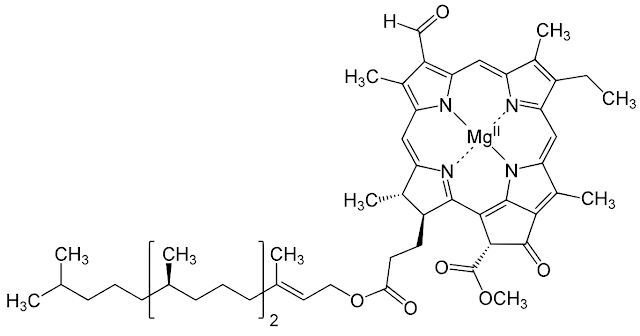How Succulents Photosynthesize
Succulents are CAM (Crassulacean Acid Metabolism) plants. This means that they undergo CAM photosynthesis in which their stomata (these are a feature of the plant cell and are like little windows), which are located deep into the stems and leaves, open at night and close during the day. (Stomata actually look pretty gross. If you want to see a picture make sure you google plant stomata. https://en.wikipedia.org/wiki/Stoma)
[Plant cells are more box-y and rectangular, while animal cells are round. Above: window metaphor for stomata. Below: close up of plant cells]
Stomata close during the day so that the succulent doesn't lose water to evaporation. They open at night to let in CO2 for the plant to use during photosynthesis the following day. It's a nice adaptation for life in the arid desert.
Chloroplasts and Chlorophyll
Photosynthesis is how plants make plant food (glucose, which is a sugar) from water, carbon dioxide, and sunlight (solar energy). It takes place in the chloroplast, an organelle in the plant cells.
Above: Chloroplast plush toys! The stacks of disks (thylakoids) are called grana (sing. granum)
The chloroplasts contain chlorophyll (green pigment that absorbs the light). For a stunning image of chlorophyll in a vial, go to this Science History Institute article or find the image here.
Above: Chlorophyll f molecule above. [There are several kinds of chlorophyll]. All chlorophyll possesses the chlorin magnesium ligand (on right side of this diagram).
Photosynthesis Reaction
Photosynthesis releases oxygen, which is why plants are great to have in your apartment or dorm for better breathing air. Here is the overall reaction:
CO2 + H2O + energy (sunlight) → C6H12O6 (glucose, a sugar) + O2
[Note: some succulents have a different type of carbohydrate product. For instance, in blue agave used to make tequila, the main product of photosynthesis is fructan.]
Cellular Respiration Reaction
Photosynthesis is the complement of cellular respiration, which people and other animals undergo. The process is basically the opposite, where glucose (sugar) and oxygen (you knew this!) become carbon dioxide, water, and energy (ATP or Adenosine Tri-Phosphate).
C6H12O6 (glucose, a sugar) + O2 → CO2 + H2O + energy (ATP, cellular energy)
Click subscribe to follow Succulent Science Sundays by email and receive other fun updates!
BONUS: Are you into succulents, biology, botany, or science in general? How about a cute little plushy chloroplast or mitochondria to snuggle at night? A great gift for any organelle-inclined person. You can order them here from Fresh Crayons on Etsy. Each plushy is hand-made by Shari Bodofski (she studies molecular genetics!). You can follow her Instagram for a look at her work.
Grow Lamps
Because of the balance needed between darkness and sunlight for photosynthesis, you should not have your succulents on a 24/7 grow light. My T5 grow lamp came with instructions that said I should have it on for a maximum of 16 hours a day. If you do have a grow lamp, make sure to keep a consistent time schedule. I like to turn my light on when I wake up and turn it off when it gets dark outside. So sunlight is important for photosynthesis...but what about color? Meet anthocyanins...to be addressed in a coming week of Succulent Science Sunday!
Click subscribe to follow Succulent Science Sundays by email and receive other fun updates!
BONUS: Are you into succulents, biology, botany, or science in general? How about a cute little plushy chloroplast or mitochondria to snuggle at night? A great gift for any organelle-inclined person. You can order them here from Fresh Crayons on Etsy. Each plushy is hand-made by Shari Bodofski (she studies molecular genetics!). You can follow her Instagram for a look at her work.





